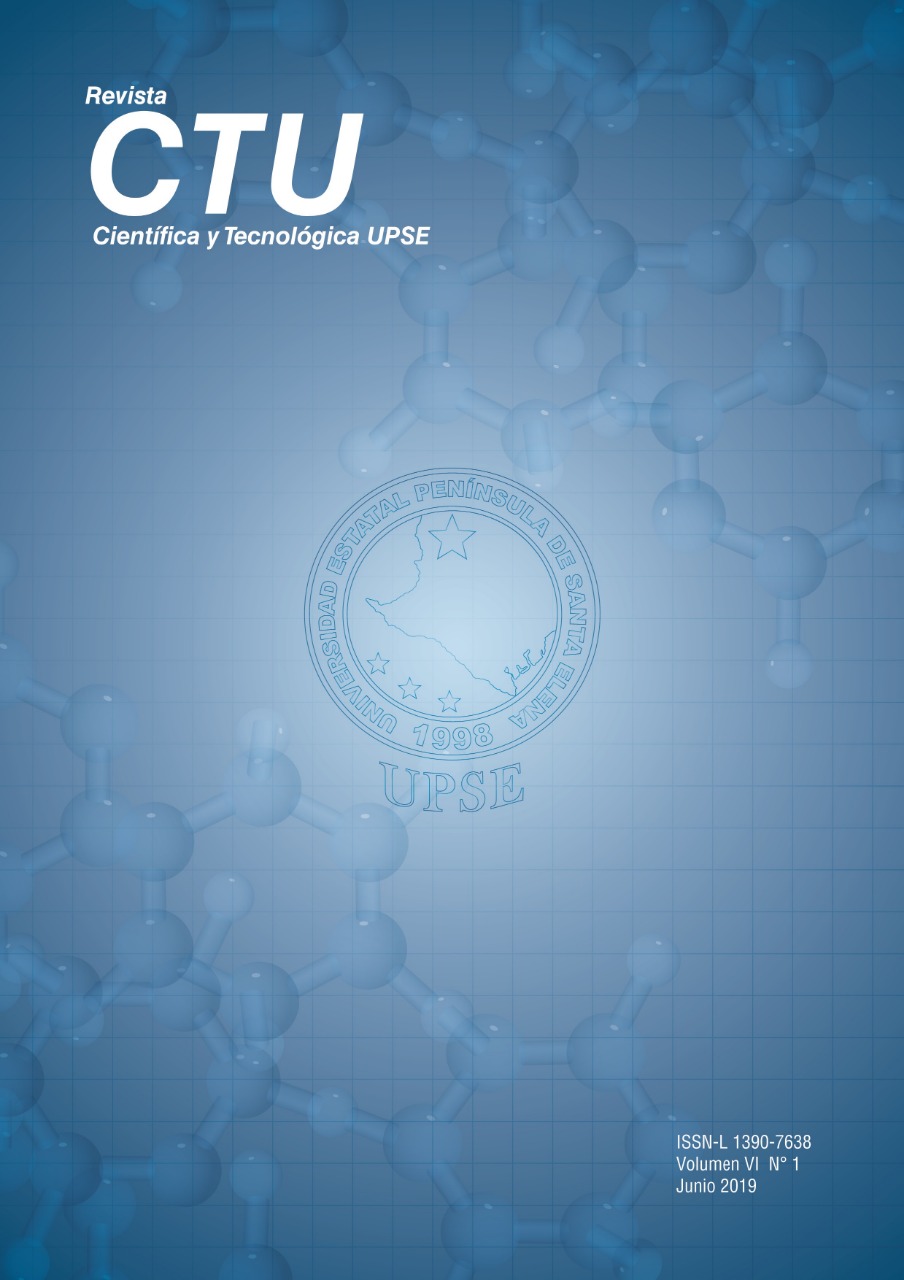Modelo de simulación numérica para un arreglo de cinco pozos invertidos en un yacimiento sub - saturado
DOI:
https://doi.org/10.26423/rctu.v6i1.452Palabras clave:
Factor de recobro, simulación numérica, malla sísmica, litologíaResumen
El estudio tuvo como objetivo generar un modelo de simulación numérica para un arreglo de cinco pozos invertidos de un yacimiento sub-saturado con expansión de roca - fluido como su principal energía de producción primaria. La investigación se enmarco en un enfoque mixto (cualitativo-cuantitativo) comenzando con una descripción de los parámetros fundamentales para la investigación como la geología regional del área, litología, arreglo de cinco pozos invertidos, condiciones operacionales tales como, la tasa de producción y presiones de fondo, curvas de permeabilidad relativa, análisis PVT, propiedades roca-fluido. La población está conformada por 25 pozos perforados en el yacimiento LL-C4 de los cuales 8 son pozos inyectores y 17 pozos son productores, para realizar la simulación numérica se estableció una delimitación areal del yacimiento LL-C4. La investigación consta de dos variables que son el factor de recobro y el modelo de simulación numérica las cuales se desarrollan mediante el software IMEX de CMG (computer modelling group). Para la construcción de la malla sísmica se procedió a la selección el tipo de grid de simulación numérica para este estudio es una malla cartesiana, establecido el modelo estático se procedió a construir el modelo de producción primaria en donde se realizaron sensibilidades tomando en cuenta dos variables que son la tasa de producción y presiones de fondo. Entre los resultados más relevantes se tiene que a nivel de yacimientos la implementación de la inyección de agua en la recuperación secundaria del yacimiento LL-C4 el factor de recobro aumento de manera considerable manteniéndose las condiciones operacionales óptimas.
Descargas
Referencias
Bjorlykke, K. (2010). Petroleum Geoscience: From Sedimentary Enviroments to Rock Physics. Springer.
Buckley, S.E. y Leverett, M.C. (1942). Mechanisms of Fluid Displacement in Sands. AIME.
Chapman, R. (1983). Petroleum Geology. Elsevier.
Martínez, C. (2014). Simulación Numérica de Inyección de Agua en Yacimientos Petroleros empleando el Método de Líneas de Corriente (tesis de postgrado). Universidad Nacional Autónoma de México, México D.F.
Bjorlykke, K. (2015). Petroleum Geoscience. From Sedimentary Environments to Rock Physics. New York, USA: Springer.
Chapman, R. (1983). Petroleum Geology. Amsterdam, Netherlands: Elsevier.
González de Juana C., Iturralde de Arozena J. M. y PicardC. (1980). Geología de Venezuela y sus Cuencas Petrolíferas, Tomo II. Caracas, Venezuela: FONINVES.
Xiao, J., Wang,J., y Sun, X. (2017). Fines Migration: Problems and Treatments. Oil & GasResearch3, pp. 123. doi: 10.4172/2472-0518.1000123
Publicado
Número
Sección
Licencia
El titular de los derechos de autor de la obra, otorga derechos de uso a los lectores mediante la licencia Creative Commons Atribución-NoComercial-CompartirIgual 4.0 Internacional. Esto permite el acceso gratuito inmediato a la obra y permite a cualquier usuario leer, descargar, copiar, distribuir, imprimir, buscar o vincular a los textos completos de los artículos, rastrearlos para su indexación, pasarlos como datos al software o usarlos para cualquier otro propósito legal.
Cuando la obra es aprobada y aceptada para su publicación, los autores conservan los derechos de autor sin restricciones, cediendo únicamente los derechos de reproducción, distribución para su explotación en formato de papel, así como en cualquier otro soporte magnético, óptico y digital.












